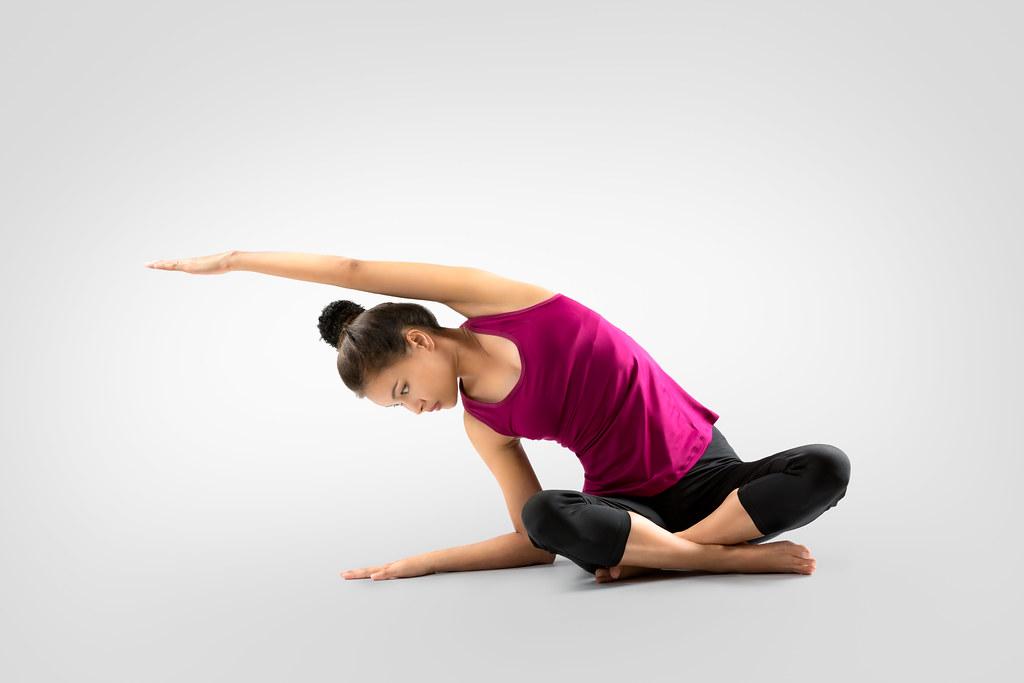In a world where fitness regimens are as diverse as the people who practice them, yoga stands out as a harmonious blend of mind and body, promising tranquility and flexibility. Yet, beneath its serene surface lies a question that has sparked much debate among fitness enthusiasts and experts alike: Does yoga qualify as strength training? As we delve into the intricacies of this ancient practice, we explore whether the strength required to hold a warrior pose rivals that of lifting weights, or if the stability gained through a tree pose can fortify muscles as effectively as traditional resistance exercises. Join us on this journey as we unravel the potential of yoga to not only stretch the limits of the mind but also to sculpt the strength of the body.
Understanding the Physical Demands of Yoga
Yoga is often perceived as a gentle, meditative practice focused on flexibility and relaxation, yet it also imposes a series of physical demands that can rival more traditional forms of exercise. The various poses, or asanas, engage multiple muscle groups simultaneously, requiring a combination of strength, balance, and endurance. Holding positions such as Plank, Warrior, or Downward-Facing Dog challenges the body’s stability and strength, pushing muscles to work in unison to maintain posture and alignment. This holistic engagement not only improves muscle tone but also enhances core strength and overall body coordination.
Moreover, yoga practices often incorporate body-weight resistance which is a key element of strength training. Consider the following aspects that highlight the strength-building nature of yoga:
- Isometric Holds: Poses that require holding for extended periods, such as Tree Pose or Chair Pose, build endurance and muscle strength.
- Dynamic Transitions: Moving smoothly between poses, like in a Vinyasa flow, engages multiple muscle groups and boosts cardiovascular fitness.
- Core Activation: Many poses focus on stabilizing the core, crucial for overall strength and balance.
Through its multifaceted approach, yoga not only cultivates flexibility and mental clarity but also serves as a formidable strength-building exercise.

Exploring the Muscle-Building Potential of Yoga
While traditionally viewed as a practice for flexibility and mindfulness, yoga offers a surprising array of benefits that extend into the realm of strength training. Through its unique blend of poses and sustained holds, yoga can effectively build muscle by engaging various muscle groups simultaneously. The beauty of yoga lies in its ability to utilize body weight as resistance, allowing practitioners to develop strength without the need for additional equipment. Key poses such as Plank, Chaturanga, and Warrior not only improve balance but also enhance muscle endurance and power.
- Plank Pose: Engages core, shoulders, and arms.
- Chaturanga: Strengthens triceps, chest, and core.
- Warrior Series: Builds leg strength and stability.
Moreover, the repetitive practice of yoga enhances muscular coordination and flexibility, which are crucial components of overall physical strength. Unlike traditional weightlifting, which isolates muscles, yoga fosters a holistic strength-building experience that promotes balanced muscle development. By integrating regular yoga sessions into a fitness routine, individuals can enjoy a comprehensive approach to building strength that harmonizes body and mind.

Comparing Yoga to Traditional Strength Training Methods
While yoga and traditional strength training may seem worlds apart, both offer unique paths to building strength. Traditional strength training typically involves lifting weights, using resistance machines, or engaging in bodyweight exercises. These methods focus on isolating muscle groups to increase muscle mass, endurance, and power. In contrast, yoga emphasizes a holistic approach, integrating mind and body through poses and breathwork. Yoga can enhance muscular endurance, improve flexibility, and promote core stability.
Both practices offer a variety of benefits, yet they achieve them in different ways. Consider these aspects when comparing the two:
- Muscle Engagement: Traditional methods often target specific muscles, while yoga engages multiple muscle groups simultaneously.
- Flexibility: Yoga naturally incorporates stretching, which can improve flexibility more than most weightlifting routines.
- Mindfulness: Yoga integrates mental focus and stress reduction, a feature often absent in conventional strength training.
- Equipment: Yoga requires minimal equipment, often just a mat, whereas strength training may involve a range of weights and machines.

Incorporating Yoga into a Balanced Fitness Routine
While traditional strength training often conjures images of lifting weights or using resistance machines, yoga offers a unique approach to building muscle and enhancing overall fitness. Unlike conventional methods, yoga uses the body’s own weight as resistance, engaging multiple muscle groups simultaneously. This holistic form of exercise not only increases muscle tone but also improves flexibility, balance, and mental focus. Incorporating yoga into your fitness regimen can lead to remarkable gains in core strength, a crucial element for overall stability and posture.
For those looking to enhance their fitness routine with yoga, consider integrating the following practices:
- Vinyasa Flow: This dynamic sequence combines strength-building poses with breathwork, promoting endurance and muscle engagement.
- Power Yoga: A more intense form that focuses on building heat and strength through challenging postures.
- Ashtanga Yoga: Known for its structured series of poses, it requires physical strength and discipline, offering a full-body workout.
By regularly incorporating these styles, yoga can complement traditional strength training, offering a balanced approach that nurtures both body and mind.
To Wrap It Up
As we roll up our mats and take a moment to reflect, the intersection of yoga and strength training reveals itself as a dynamic dance of mind and muscle. While yoga may not replace the iron-clad regimen of traditional weightlifting, its ability to enhance strength, improve flexibility, and cultivate mental resilience offers a unique contribution to a well-rounded fitness journey. Whether you find strength in a warrior pose or under a barbell, the key lies in understanding your body’s needs and finding balance in movement. As you explore this harmonious blend, remember that the path to strength is as much about the journey as it is about the destination. Namaste.


































